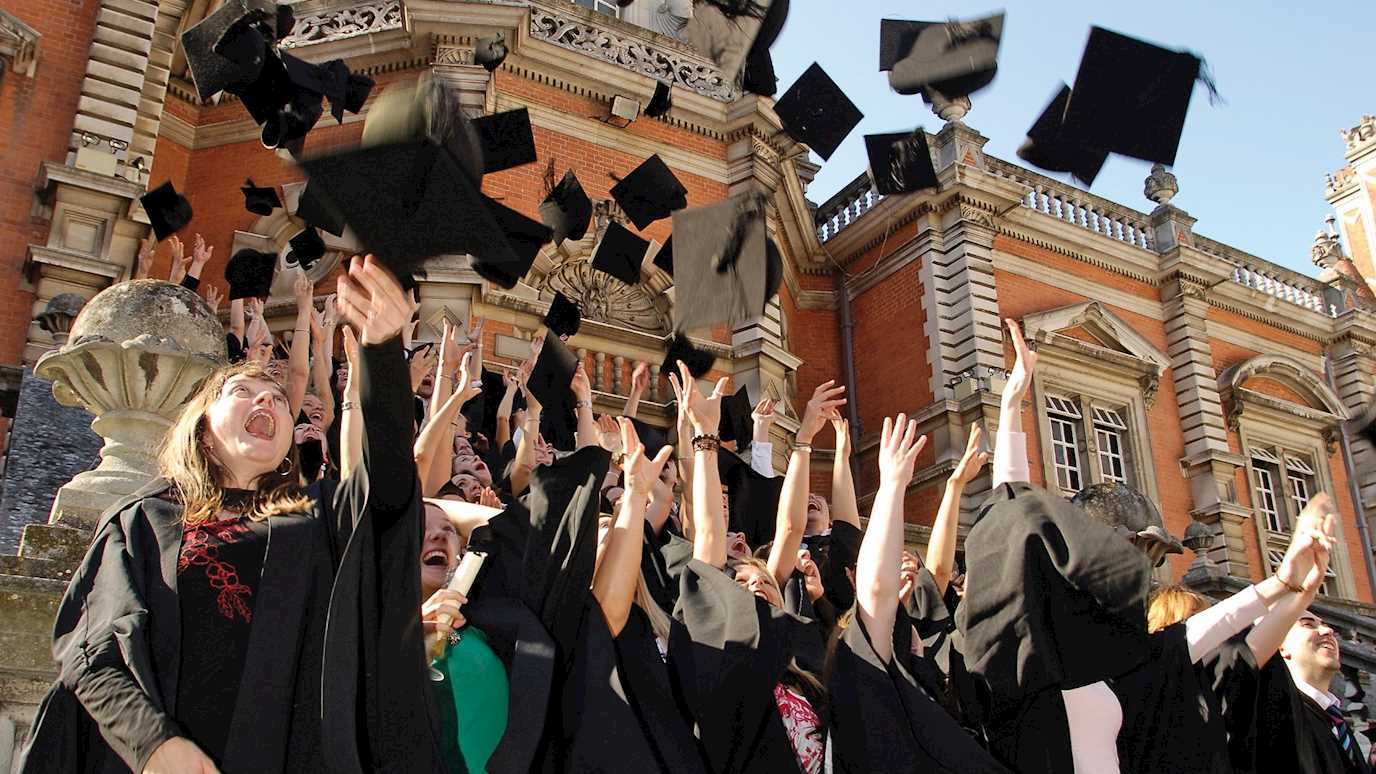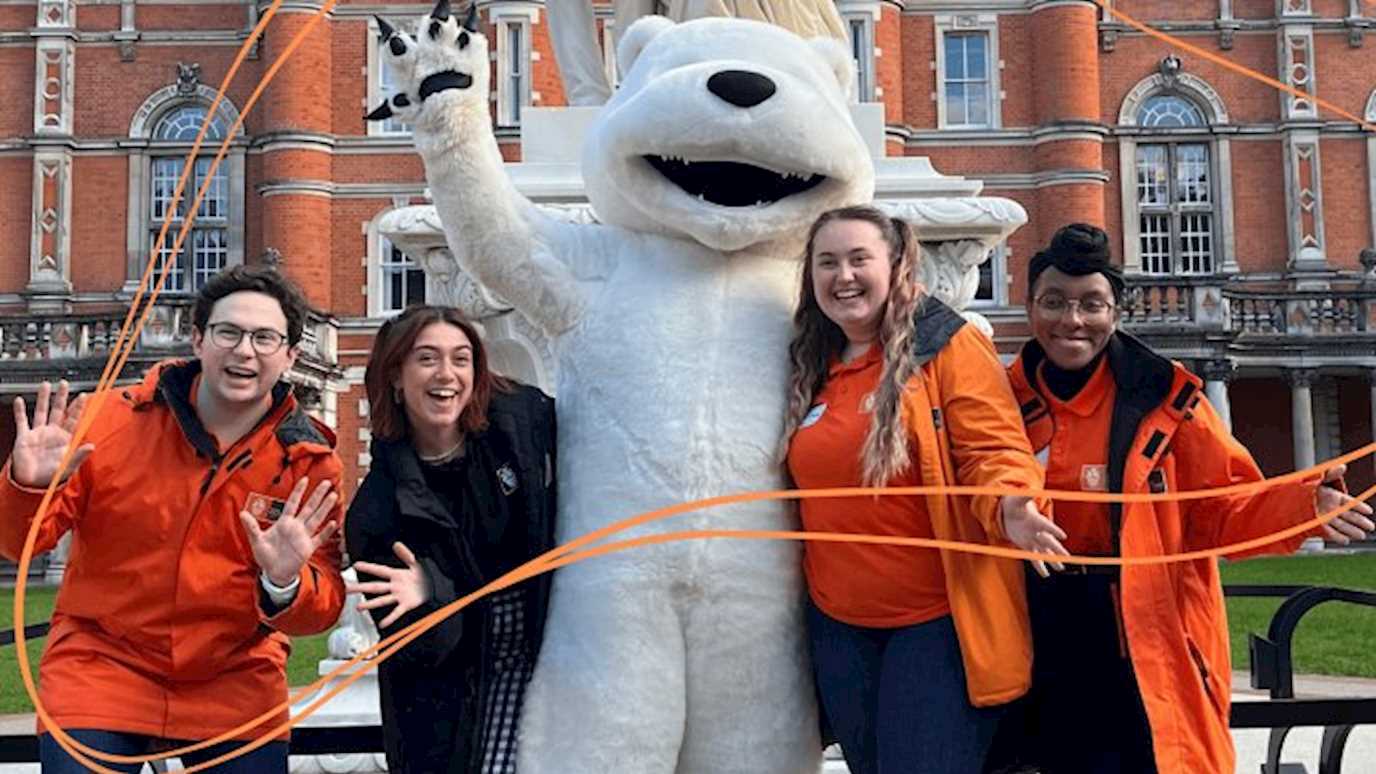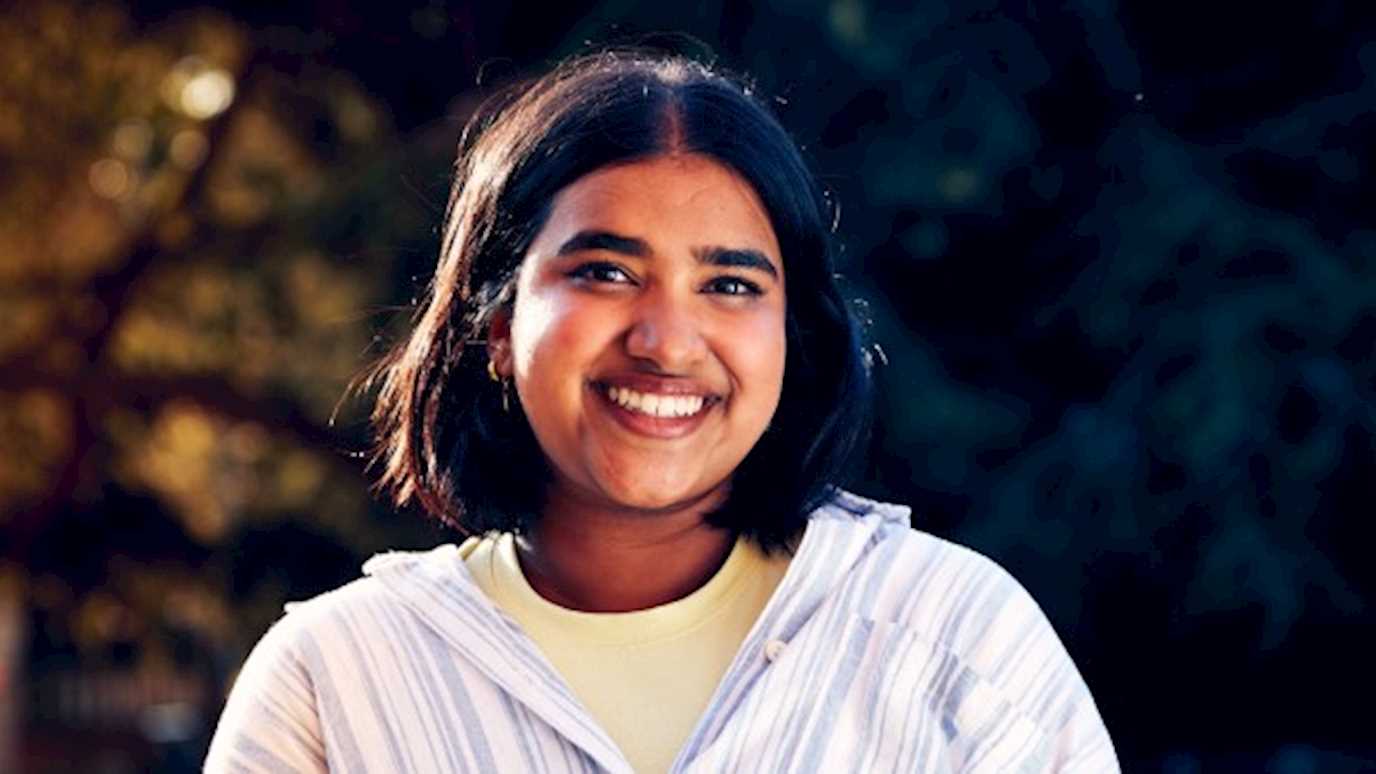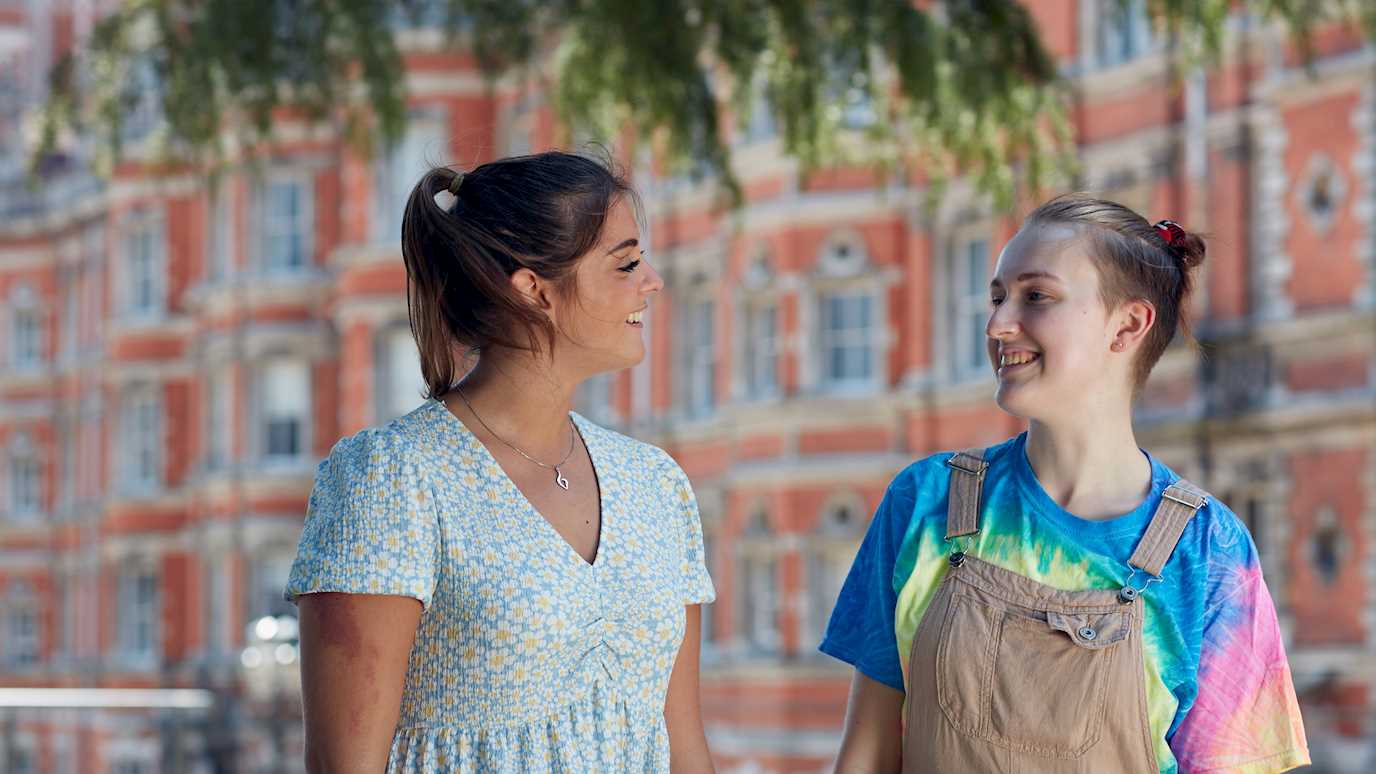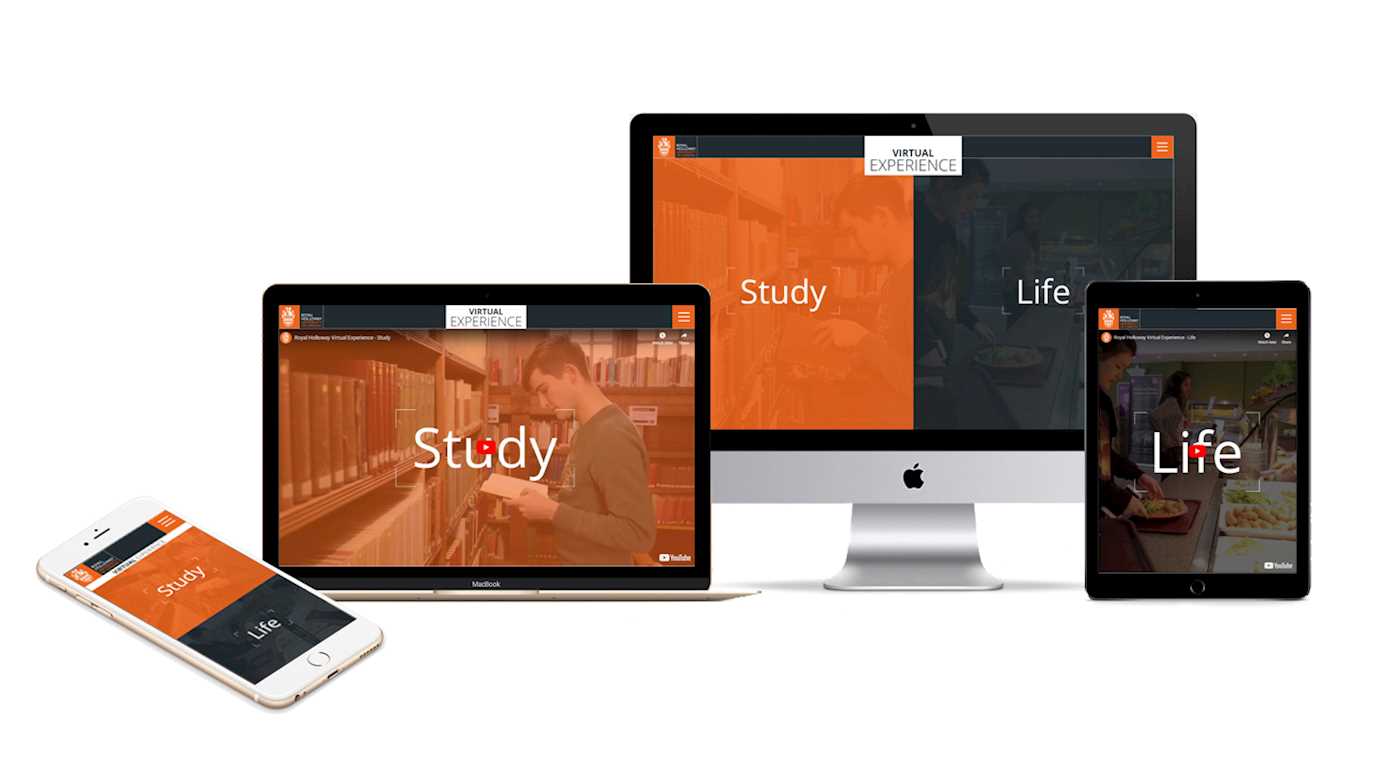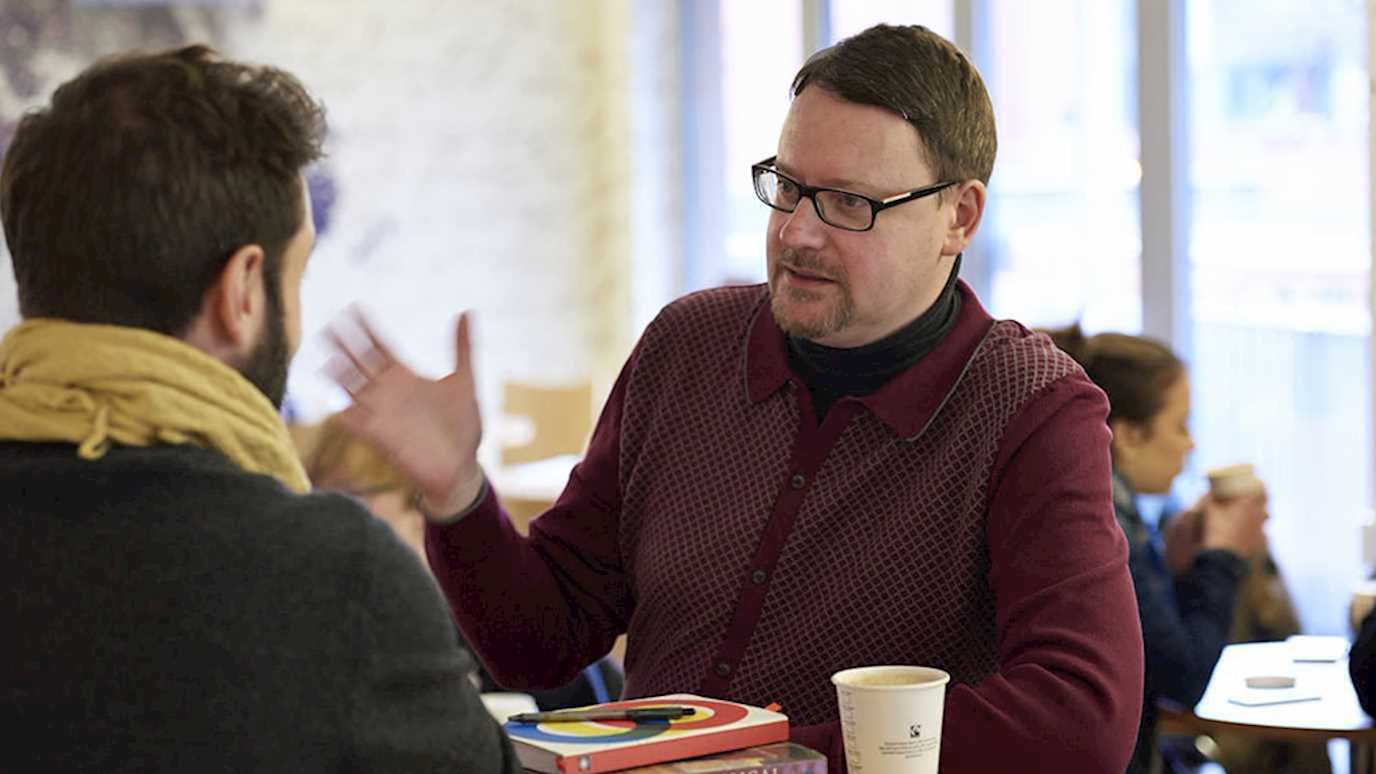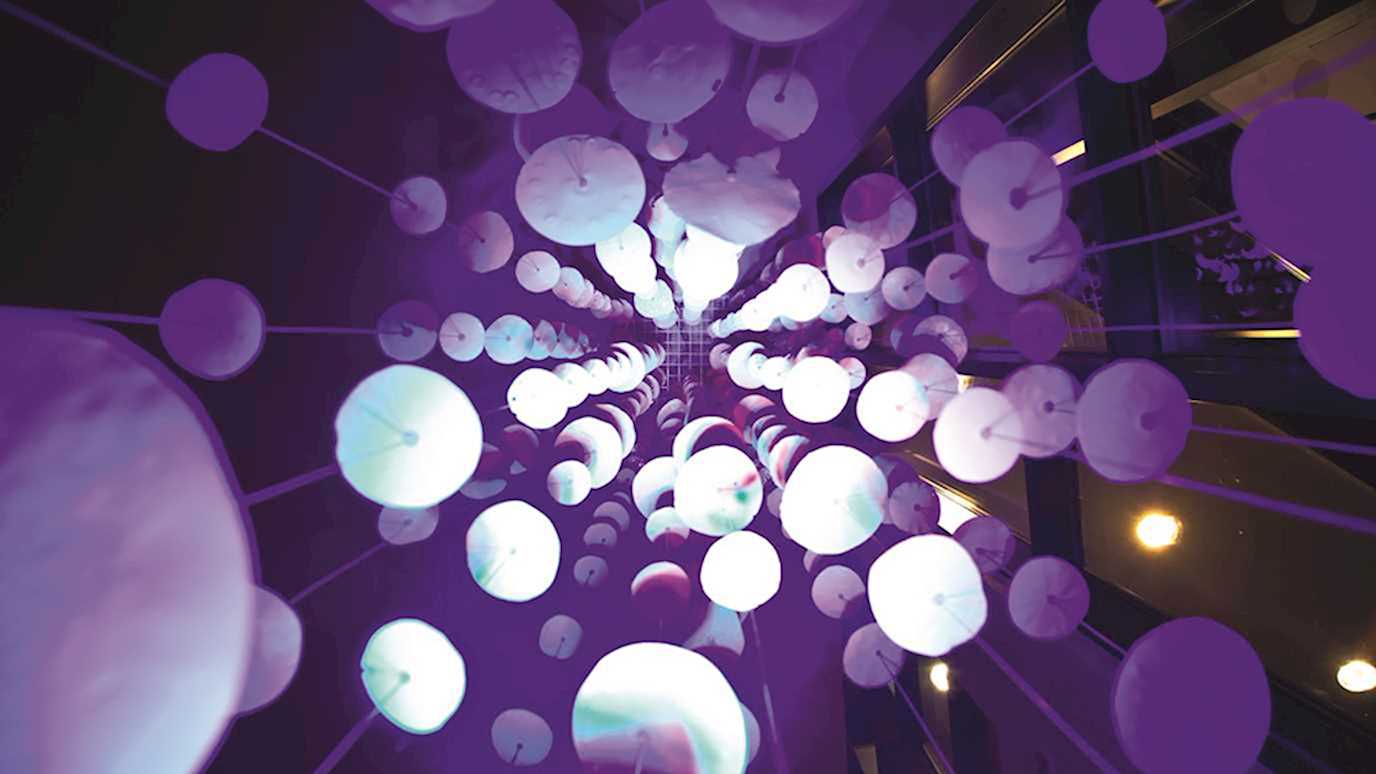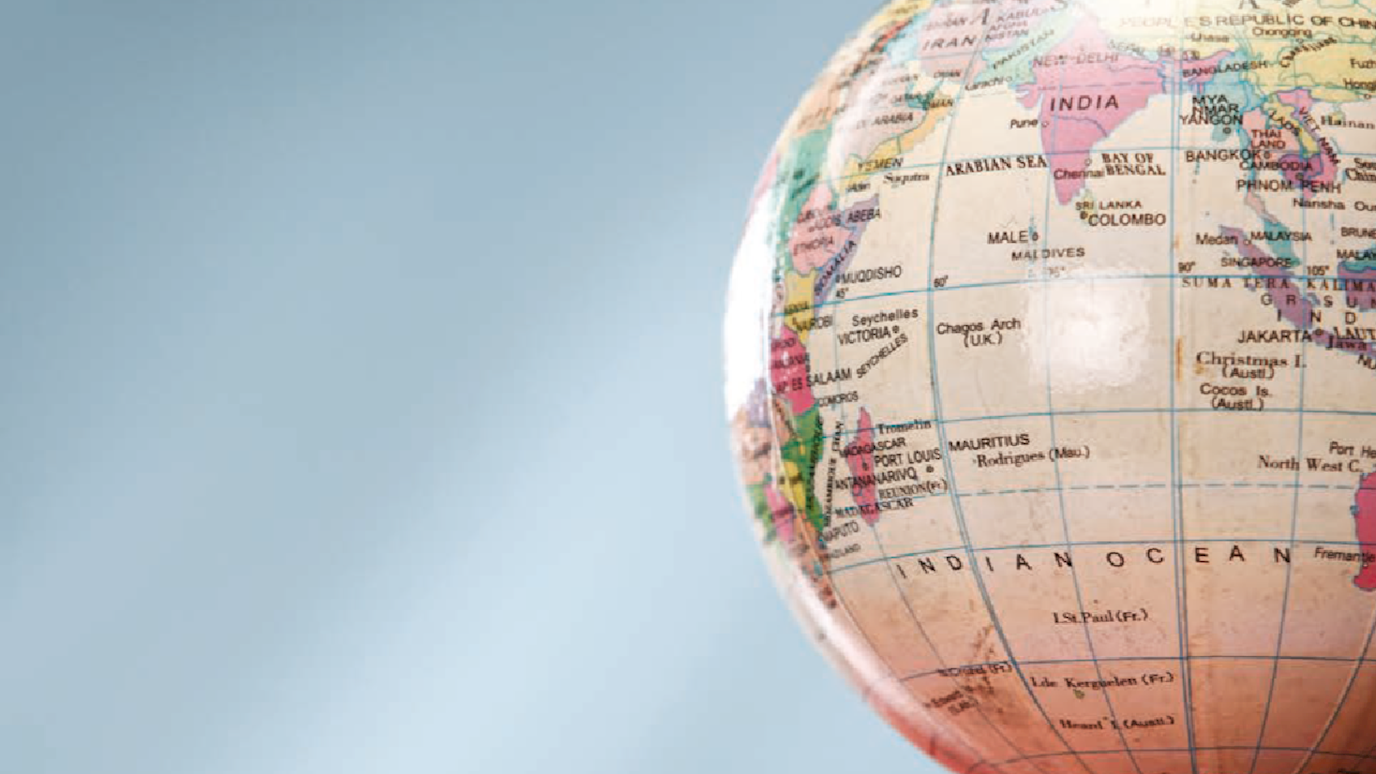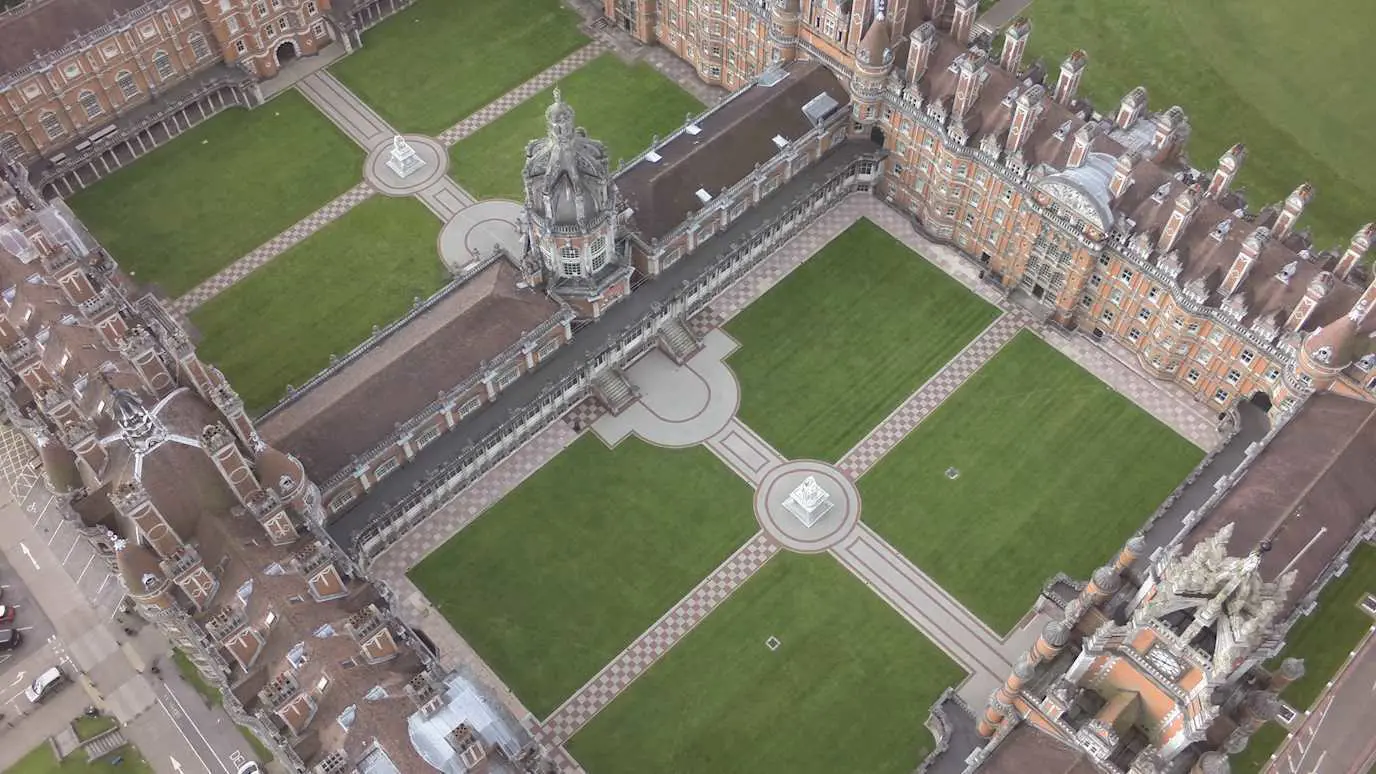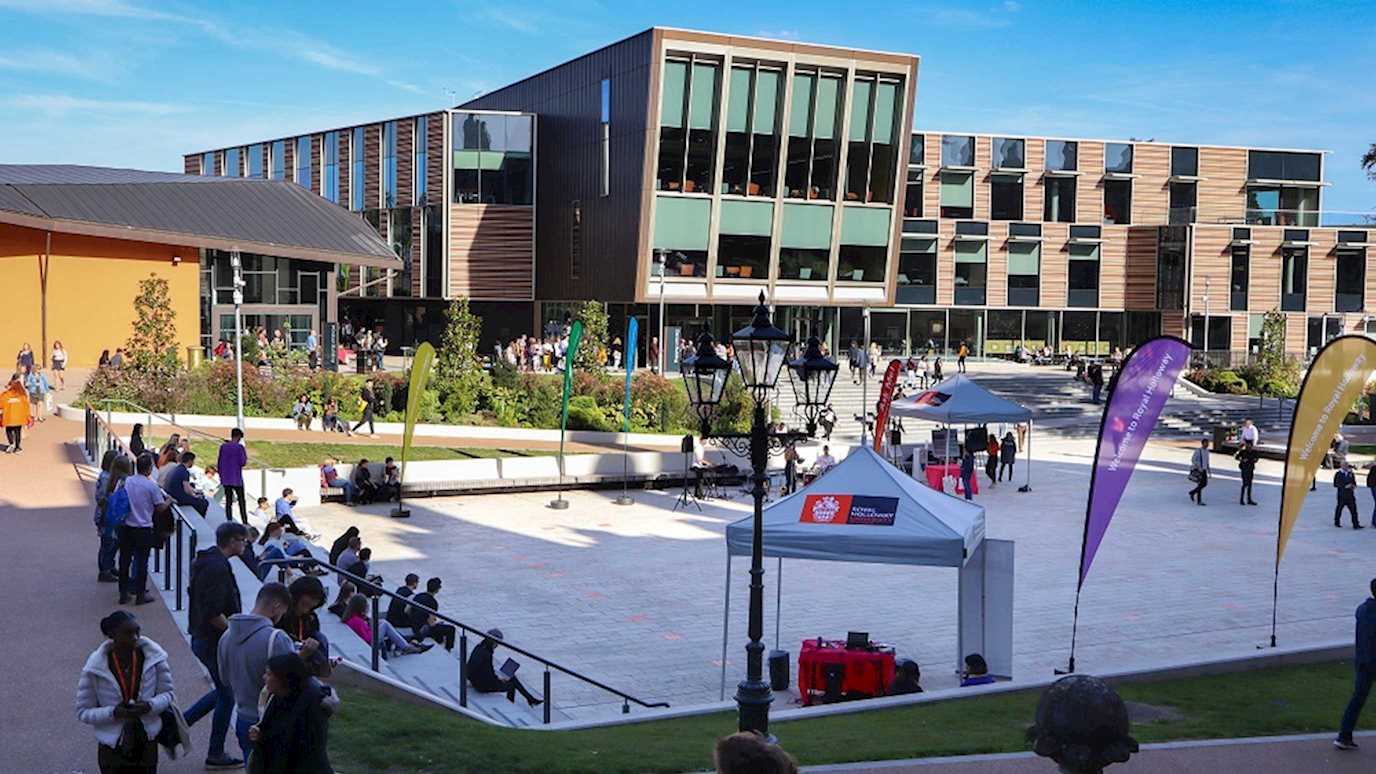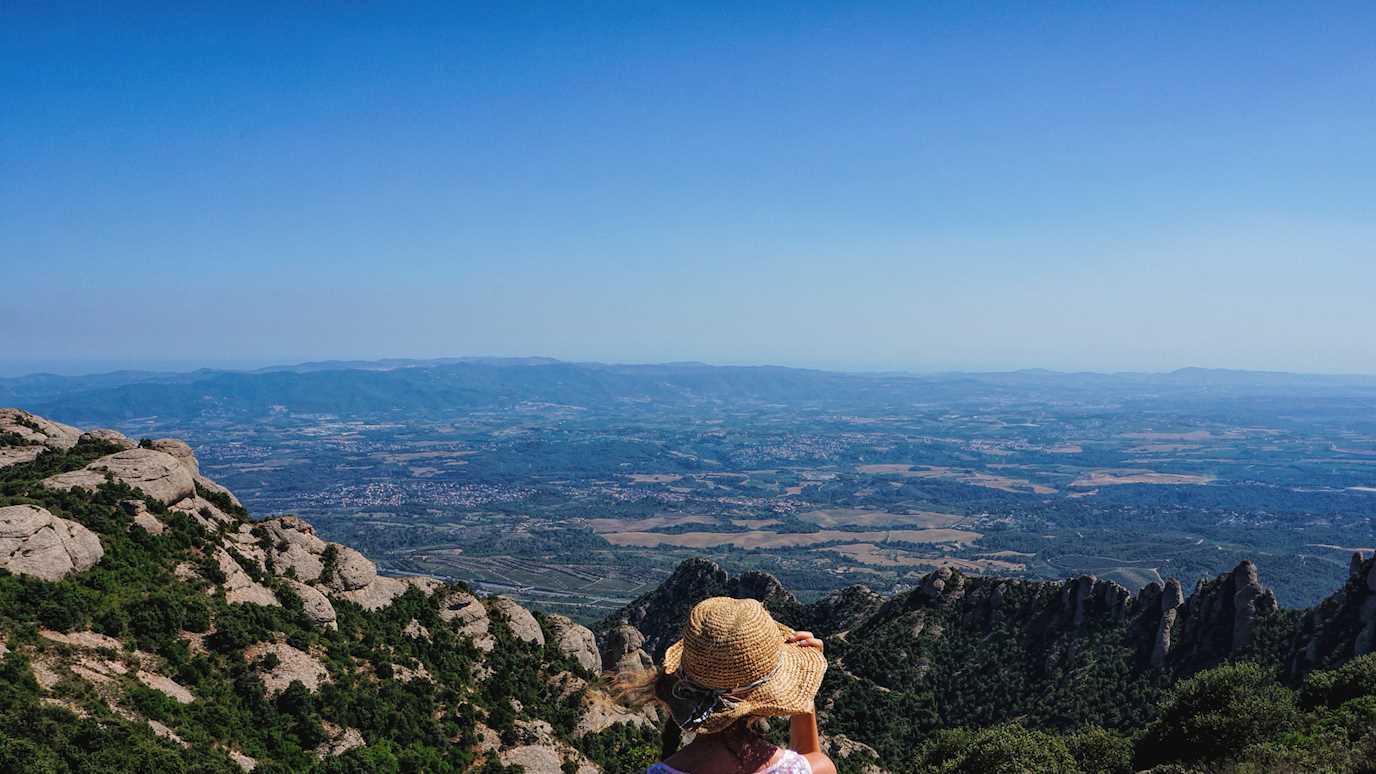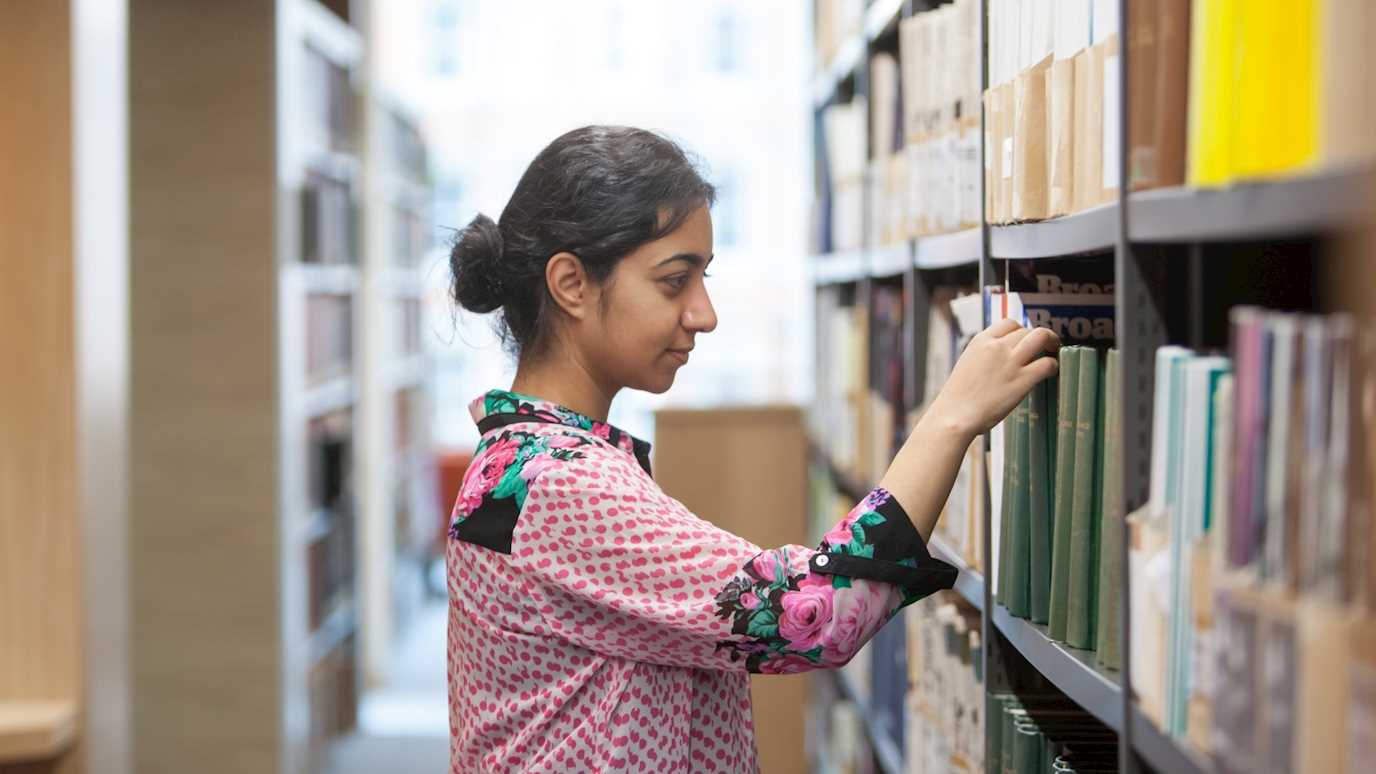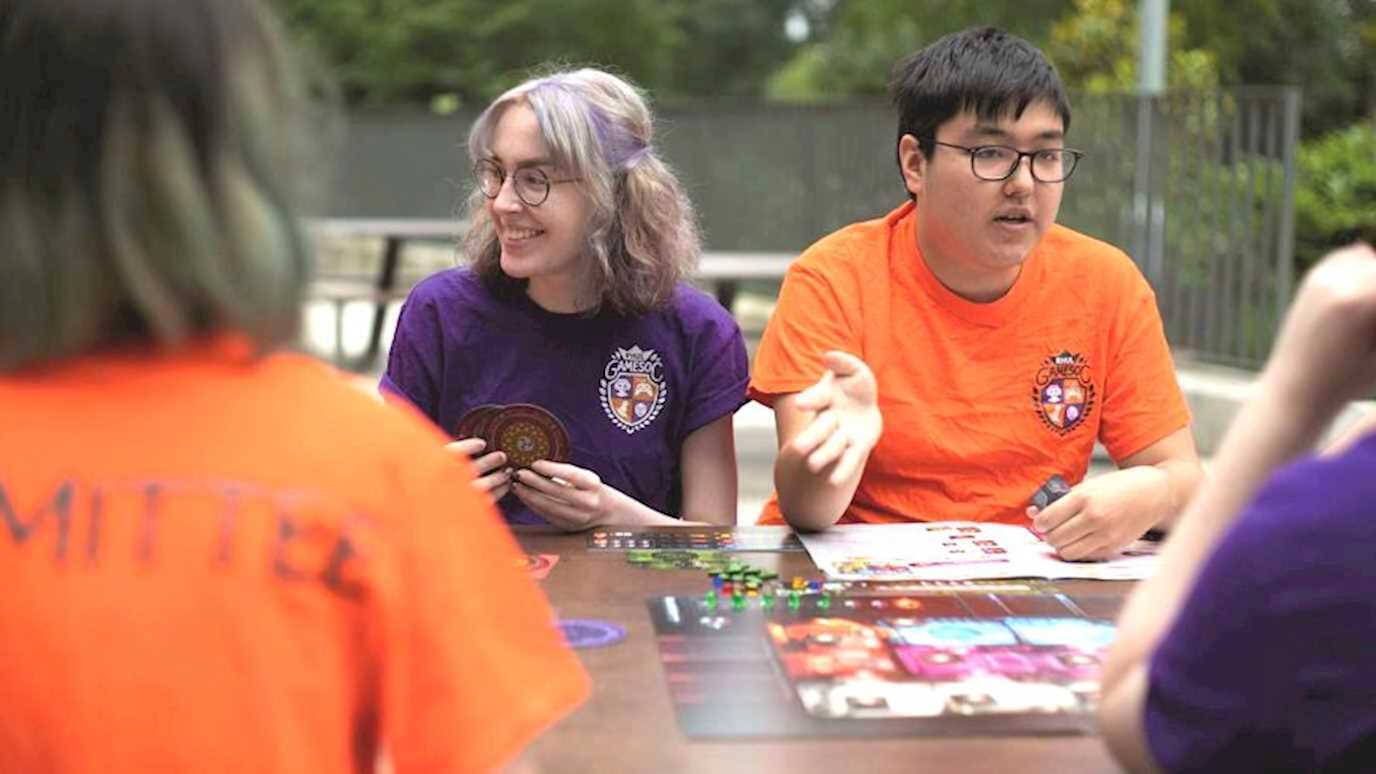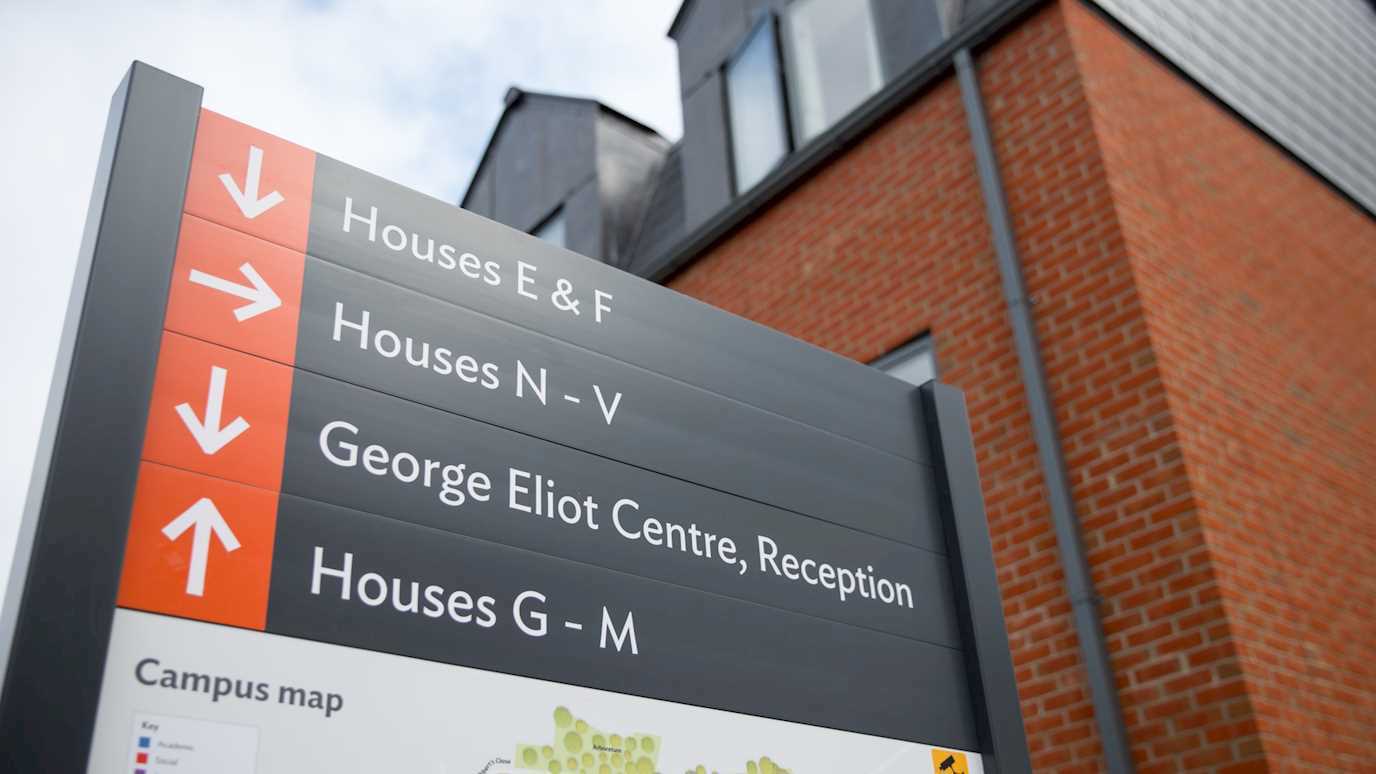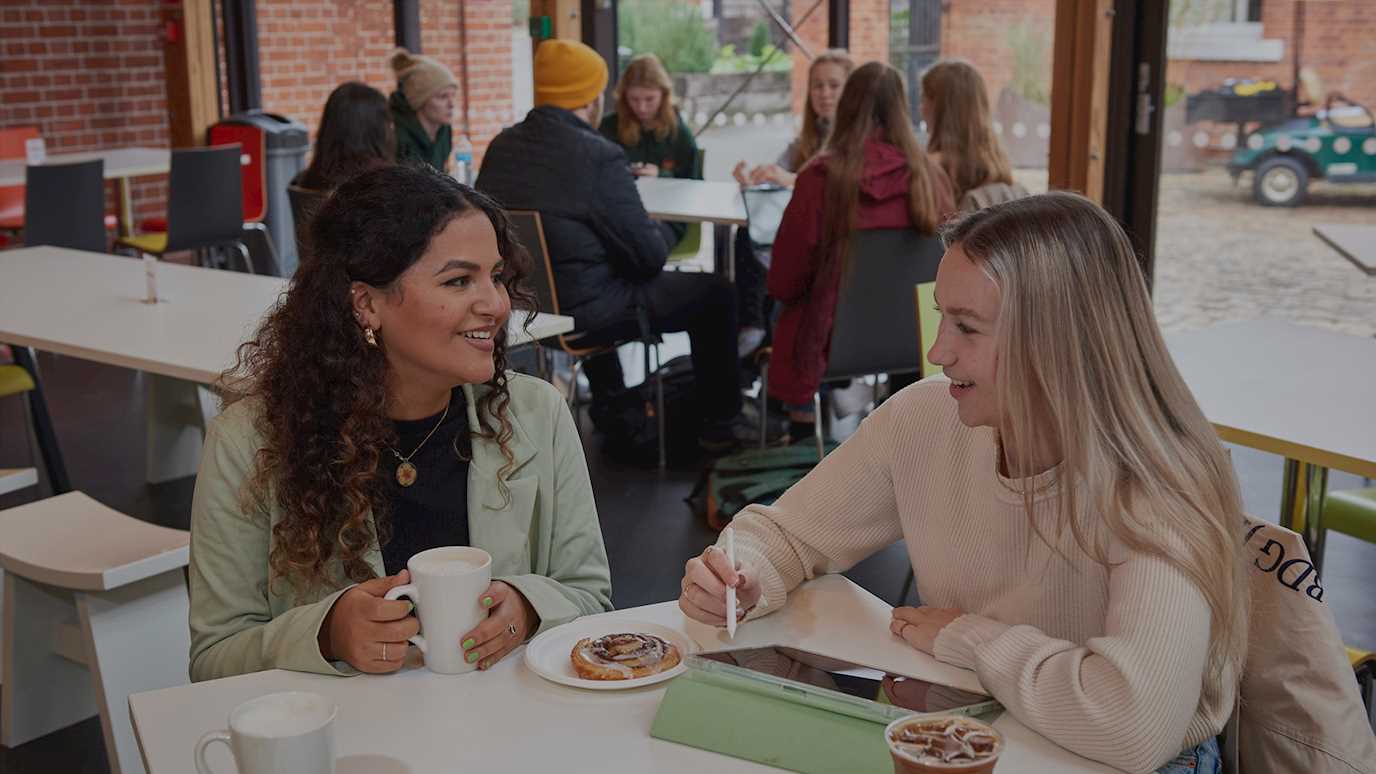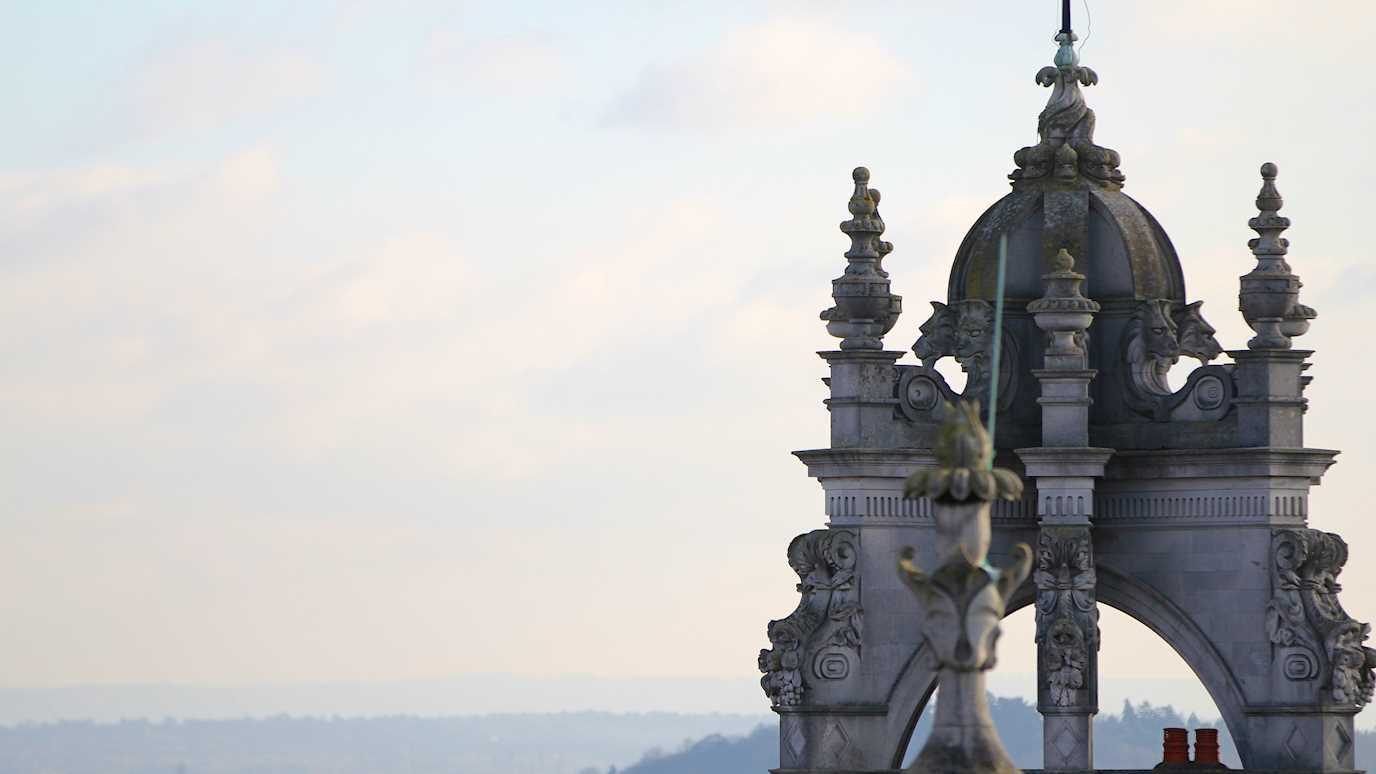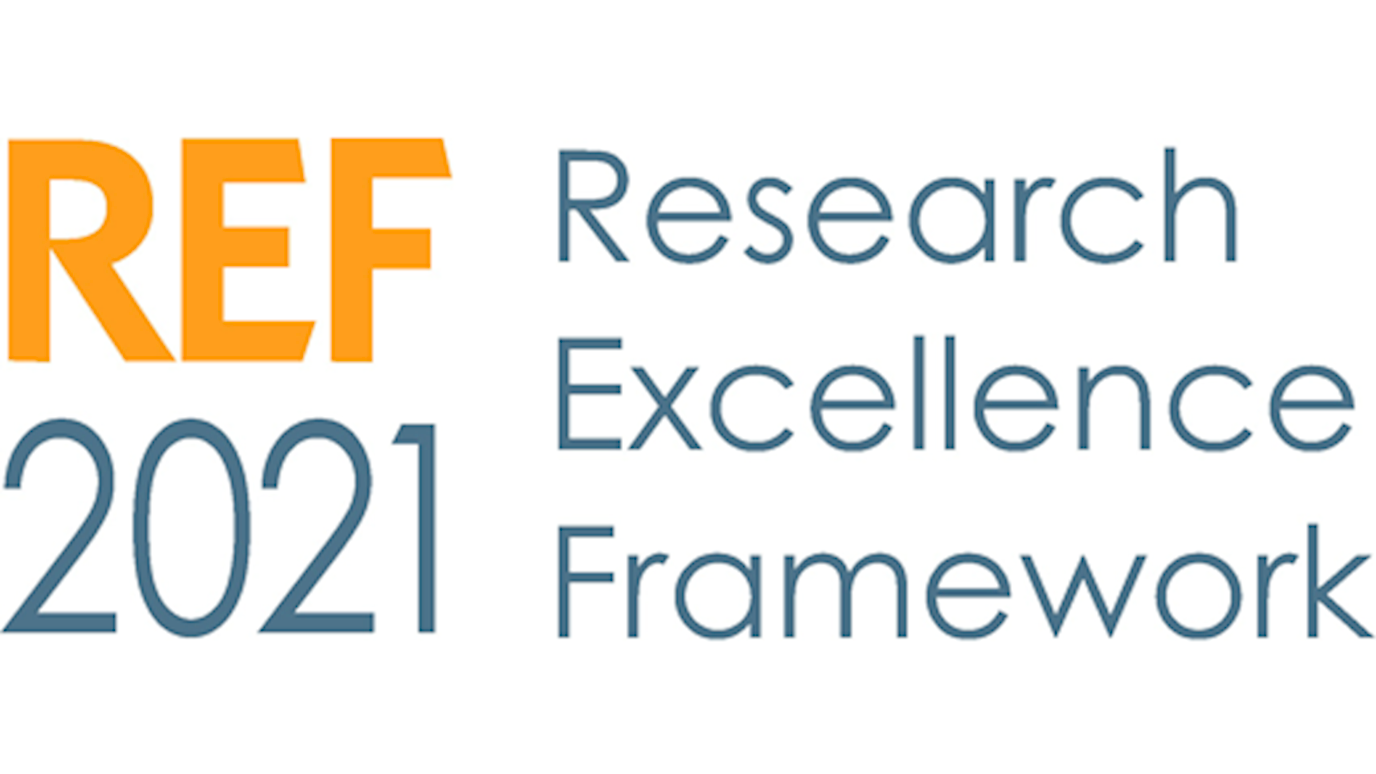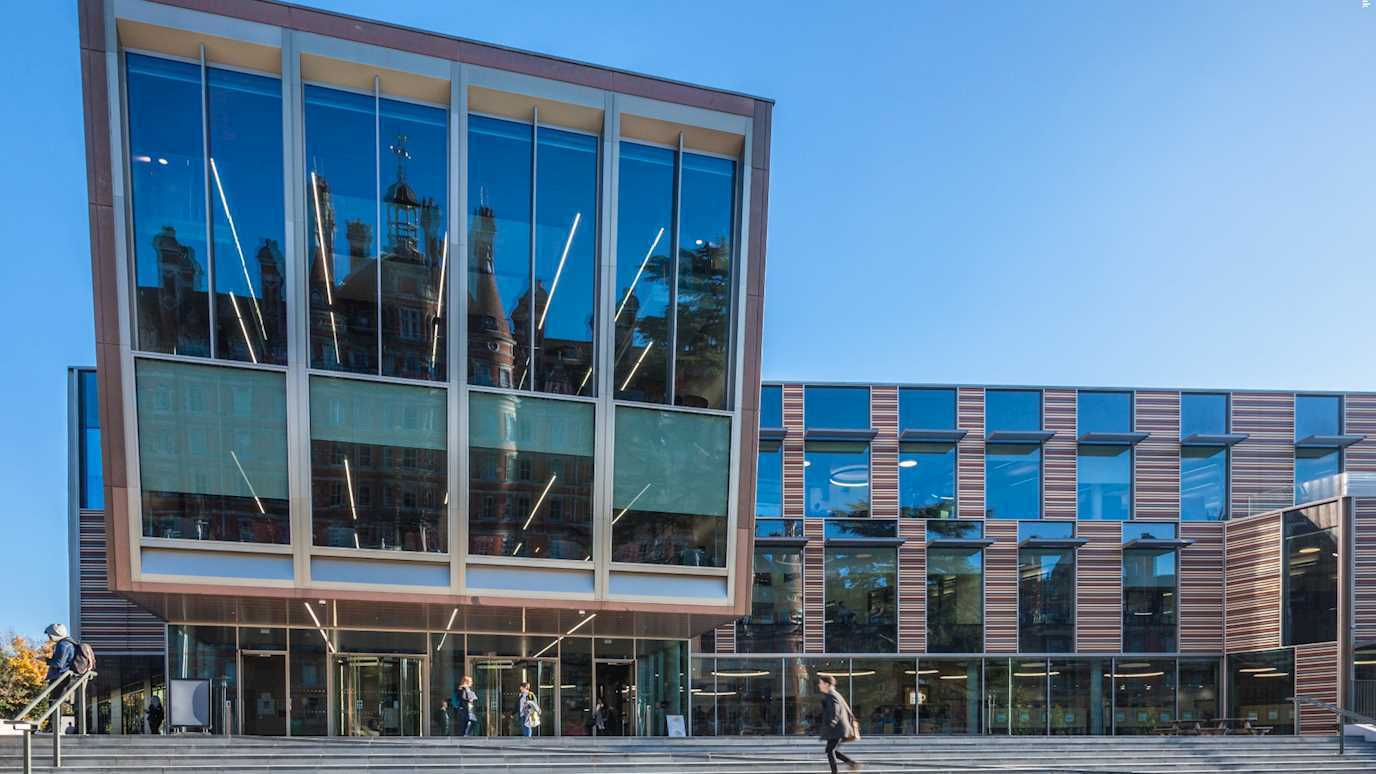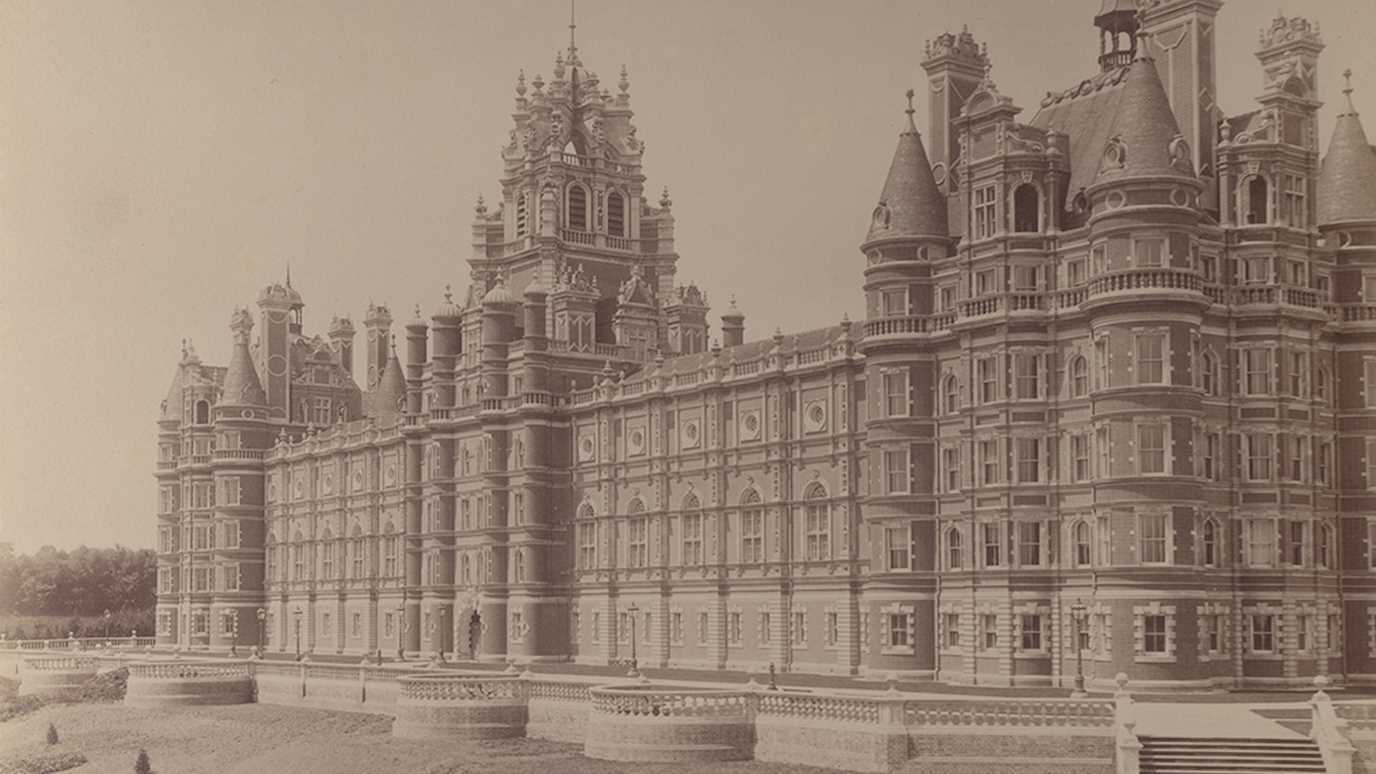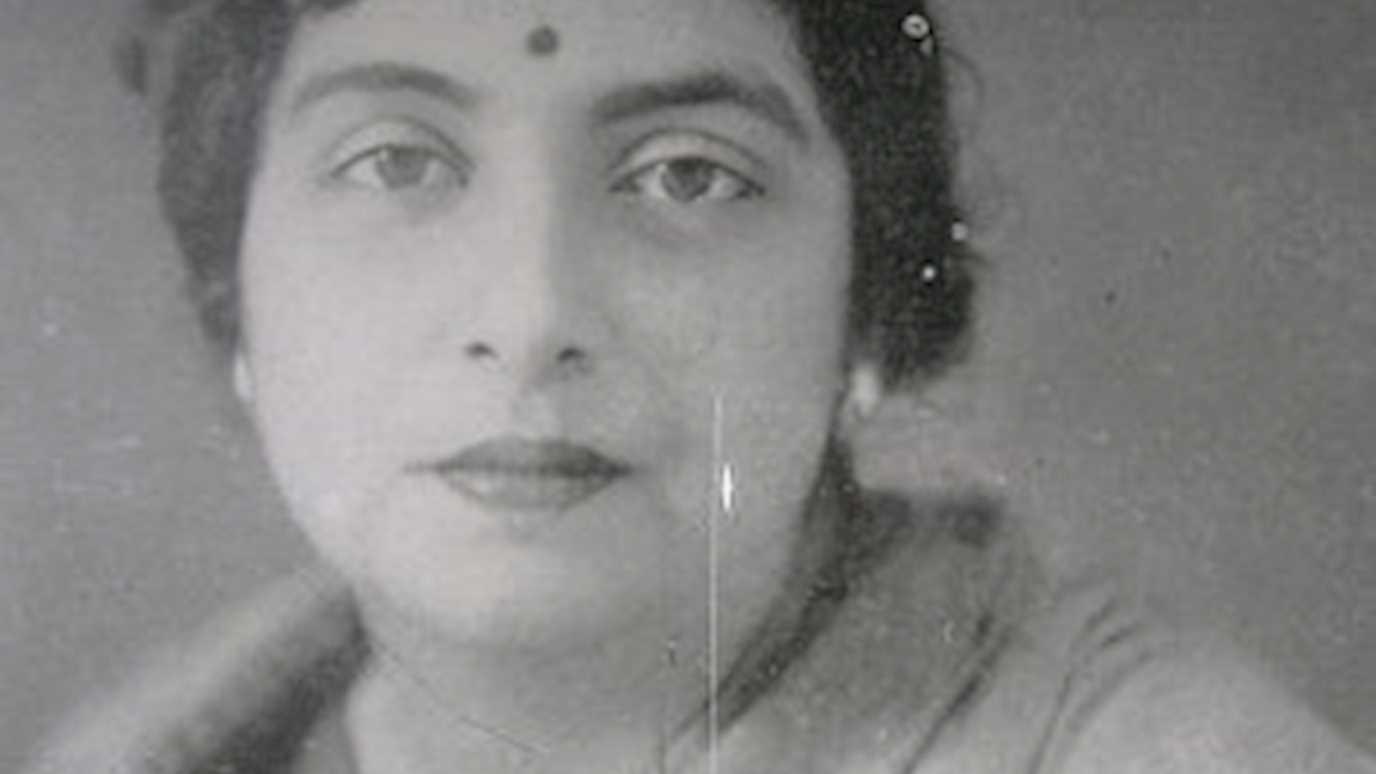Key information
Duration: 3 years full time
UCAS code: Q2W6
Institution code: R72
Campus: Egham
The course
Comparative Literature and Culture with History of Art and Visual Culture (BA)
Choosing this course enables you to combine the study of Comparative Literature and Culture (75% of the course) with History of Art and Visual Culture (25%).
Comparative Literature and Culture (CLC) offers you the opportunity to study global literature as well as to explore film, philosophy and visual arts. CLC combines a fascinating breadth of material with a focus on contexts – places, periods, and genres – to explore how key cultural shifts transform how we see, represent, and make sense of our changing world. CLC at Royal Holloway is a unique and intellectually stimulating degree which will develop you as a culturally-aware, creative and adaptable thinker.
We’ve developed this degree so that you can tailor it to suit your own evolving interests, choosing from our exceptionally wide range of fascinating options, ranging across continents and centuries, from antiquity to the present day, novels and poetry to philosophy, cinema and art. We will read, watch, and compare from Ancient Greece to contemporary New York, from Cuba to Korea, from epics to crime fiction, and from tragedy to the avant-garde. CLC enables you to study texts originally written in many languages, all translated into English.
History of Art and Visual Culture enables you to explore a rich variety of visual cultures - from paintings to sculpture, photography to film, fashion and beyond - from the early modern era to the present day. Exploring artworks from across the world, you will develop the skills to appreciate, interpret and analyse images and artefacts across cultures. You will benefit from the specialist research, curatorial experience and practice of staff in the Department of Languages, Literatures and Cultures, and they will guide you as you learn to assess the expressive and stylistic possibilities offered by different media in core modules and a wide range of options which explore key developments in art and cinema.
- Make use of Royal Holloway’s exceptional collection of Victorian Art housed in the Founder’s Picture Gallery
- Choose options in Visual Culture from across the School of Modern Languages, Literatures and Cultures
From time to time, we make changes to our courses to improve the student and learning experience. If we make a significant change to your chosen course, we’ll let you know as soon as possible.
Course structure
Core Modules
Year 1
-
This module introduces students to the theories and practices of textual analysis and comparative textual analysis as well as to the major debates about theories and practices of comparative literature in a transnational context. Students will read a small number of core literary texts - influential within comparatism and diverse in cultural, temporal and linguistic origin - alongside a range of historically, geographically, culturally, generically and stylistically varied textual extracts. The core literary texts will be read in their entirety, with particular attention to: the construction and interpretation of genre; transnationalism and translation; cultural and historical context; and questions of authorship, influence and canonicity.
-
This module will introduce students to a number of different media encountered in the study of visual culture. By understanding the technical characteristics of a range of art works students will be able to assess the expressive and stylistic possibilities of offered by different media. Students will study a rich variety of visual cultures in Europe and Latin America from the Middle Ages to the present day. Mediaeval illuminated manuscripts, mural decorations in Renaissance Italy, sculpture, photography and fashion and textiles will be among the media that will be the object of our analysis this year.
Year 2
-
Comparing short stories from different periods and geographical areas is a great way of exploring how literature evolves structurally and thematically in response to different ideas and contexts. In this module we read short stories – and look at examples of visual art - from the eighteenth century to the present day to discover what structural and symbolic elements characterize major movements of Western art including the Enlightenment, Romanticism, Realism, Modernism and Postmodernism. All non-English-language texts are in English translation. These are explored both individually and in comparison, developing skills in close reading and comparative critical analysis and the ability to recognize and contrast different features of fiction and to situate evolving literary aesthetics in their historical context.
-
This module provides an account of some of the major theoretical trends and currents which inform our thinking and practice of Comparative Literature and Culture. Reading canonical and contemporary texts alongside each other, students will ask questions such as: How should we understand and respond to art in the twenty-first century? Who counts as a subject and how should we understand racial, sexual and species difference? And, how should we conceptualise culture in a globalised world?
Year 3
- Visual Arts Dissertation
Optional Modules
For more information on optional modules available, please see the list here.
Teaching & assessment
The course has a modular structure. You will take 120 credits’ worth of modules each year. Some course units are compulsory while others are elective thereby offering flexibility and choice.
We use a range of assessment models to suit different learning styles, from online comprehension tests and individual and group presentations, to coursework and examinations. You will be expected to prepare material for lectures and seminars; you will also be able to try out new ideas by giving presentations and participating in lively discussions in a supportive environment. What is more, in your final year you will have the opportunity to write a research-led dissertation.
You will also have your own Personal Advisor, an academic who helps you through your studies and guides you in tailoring your course. And when you arrive at Royal Holloway, you will take specially designed courses to help you develop the academic and writing skills that will benefit your university career and beyond.
You will also take a study skills module during your first year, designed to equip you with and enhance the writing skills you will need to be successful in your degree. This module does not count towards your final degree award but you are required to pass it to progress to your second year.
Entry requirements
A Levels: BBB-BBC
Required subjects:
- At least five GCSEs at grade A*-C or 9-4 including English and Mathematics.
- B in an essay based subject at A Level.
Where an applicant is taking the EPQ alongside A-levels, the EPQ will be taken into consideration and result in lower A-level grades being required. For students who are from backgrounds or personal circumstances that mean they are generally less likely to go to university, you may be eligible for an alternative lower offer. Follow the link to learn more about our contextual offers.
T-levels
We accept T-levels for admission to our undergraduate courses, with the following grades regarded as equivalent to our standard A-level requirements:
- AAA* – Distinction (A* on the core and distinction in the occupational specialism)
- AAA – Distinction
- BBB – Merit
- CCC – Pass (C or above on the core)
- DDD – Pass (D or E on the core)
Where a course specifies subject-specific requirements at A-level, T-level applicants are likely to be asked to offer this A-level alongside their T-level studies.
English language requirements
All teaching at Royal Holloway (apart from some language courses) is in English. You will therefore need to have good enough written and spoken English to cope with your studies right from the start.
The scores we require
- IELTS: 6.5 overall. Writing 7.0. No other subscore lower than 5.5.
- Pearson Test of English: 61 overall. Writing 69. No other subscore lower than 51.
- Trinity College London Integrated Skills in English (ISE): ISE III.
- Cambridge English: Advanced (CAE) grade C.
Country-specific requirements
For more information about country-specific entry requirements for your country please visit here.
Undergraduate preparation programme
For international students who do not meet the direct entry requirements, for this undergraduate degree, the Royal Holloway International Study Centre offers an International Foundation Year programme designed to develop your academic and English language skills.
Upon successful completion, you can progress to this degree at Royal Holloway, University of London.
Your future career
On completion of your Comparative Literature and Culture with History of Art and Visual Culture degree at Royal Holloway you will have proven analytical skills and be an adaptable thinker with impressive communication and leadership skills - all of which will appeal to future employers. Your degree will demonstrate that you understand other values and cultures, a quality that will equip you to operate successfully in a fast-changing and increasingly globalised and multi-cultural environment.
On graduation you will be ready to pursue a career in a wide range of areas including publishing, marketing, the media, arts administration, fashion, international management, the civil service, accountancy or teaching. Alternatively you may choose to continue your studies by means of a postgraduate degree.
- Recent graduates have launched careers in diverse roles as film, content writing, photographic editorial, journalism, sales and marketing, teaching, publishing and retail buying.
Fees, funding & scholarships
Home (UK) students tuition fee per year*: £9,250
EU and international students tuition fee per year**: £25,900
Other essential costs***: There are no single associated costs greater than £50 per item on this course.
How do I pay for it? Find out more about funding options, including loans, scholarships and bursaries. UK students who have already taken out a tuition fee loan for undergraduate study should check their eligibility for additional funding directly with the relevant awards body.
*The tuition fee for UK undergraduates is controlled by Government regulations. The fee for the academic year 2024/25 is £9,250 and is provided here as a guide. The fee for UK undergraduates starting in 2025/26 has not yet been set, but will be advertised here once confirmed.
**This figure is the fee for EU and international students starting a degree in the academic year 2025/26.
Royal Holloway reserves the right to increase tuition fees annually for overseas fee-paying students. The increase for continuing students who start their degree in 2025/26 will be 5%. For further information see fees and funding and the terms and conditions.
*** These estimated costs relate to studying this particular degree at Royal Holloway during the 2025/26 academic year and are included as a guide. Costs, such as accommodation, food, books and other learning materials and printing, have not been included.

